Выставка
Объекты на 2 этаже
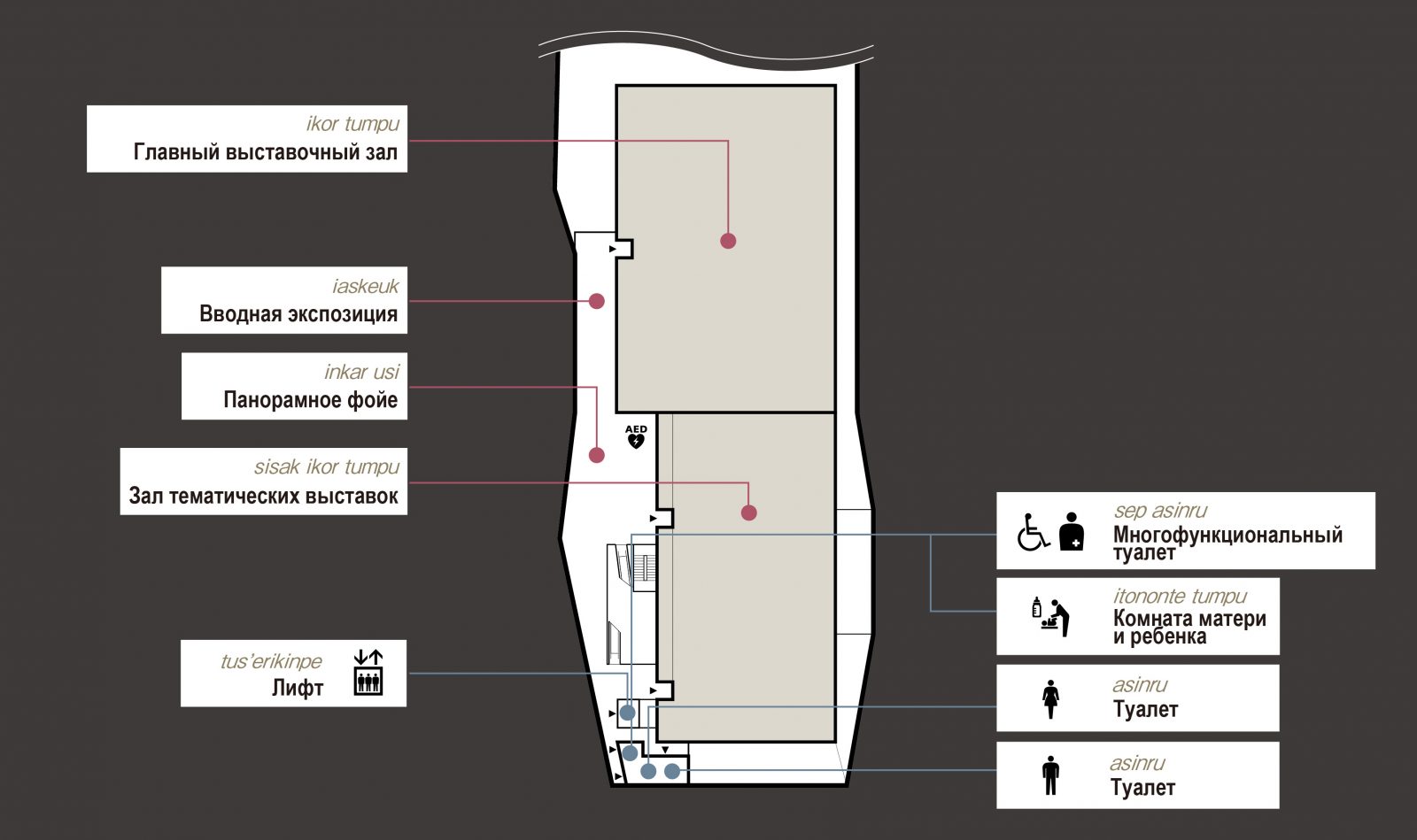
Сисаку икоро тунпу
Специальная выставка/2 этаж
SASUYSIR — A Culture We Will Foster: Preserving Ainu Culture for Future Generations
SASUYSIR — A Culture We Will Foster: Preserving Ainu Culture for Future Generations
- Release Date:
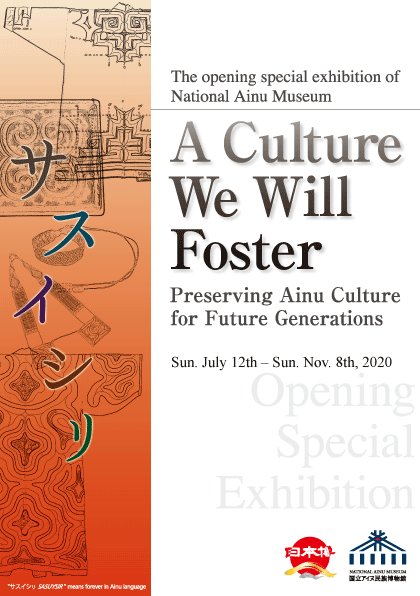
Exhibition Outline
The social circumstances of the Ainu changed dramatically in the modern era and forms of cultural transmission diversified. This special exhibition introduces inherited techniques and sensibilities with a focus on currently active artists and bearers of Ainu culture through the following 5 themes — “Transmission of folk craft skills”, “Transmission of the Ainu language”, “Transmission of performing arts” and “Today’s successors to Ainu culture”. It features both individuals and groups. The exhibition displays not only traditional works, but also new works rooted in tradition. The exhibition aims to contribute to the creation and development of new Ainu culture and promote its correct recognition and understanding.
* «SASUYSIR» means forever in the Ainu language.
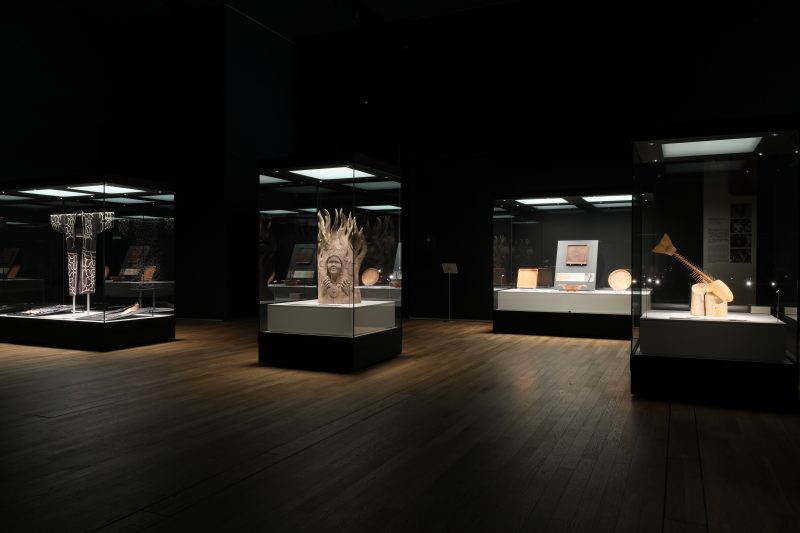
Overview
The opening special exhibition of the National Ainu Museum
««SASUYSIR» — A Culture We Will Foster: Preserving Ainu Culture for Future Generations»
- Term:
- July 12 (Sun.), 2020 to November 8 (Sun.), 2020
- Venue:
- National Ainu Museum, 2F, Special Exhibition Room
- Admission Fee:
- Entry to the museum is included with admission to Upopoy
- Organizer:
- National Ainu Museum
- In association with:
- Hokkaido Government, Hokkaido Government Board of Education, Ainu Association of Hokkaido, The Hokkaido Shimbun Press, Hokkaido branch of the Asahi Shimbun, Sapporo branch of the Mainichi Newspapers Co., Ltd., Hokkaido branch of the Yomiuri Shimbun, The Tomakomai Minpo Co.,Ltd., The Muroran Minpo Co. Ltd., Hokkaido Bureau of NHK (Japan Broadcasting Corporation), Hokkaido Broadcasting Co.,Ltd., STV The Sapporo Television Broadcasting Co.,Ltd., Hokkaido Television Broadcasting Co., Ltd. (HTB), Hokkaido Cultural Broadcasting Co., Ltd.(UHB), Television Hokkaido Broadcasting Co. LTD., The STV radio Broadcasting Co., Ltd., AIR-G’ FM Hokkaido Broadcasting Co.,Ltd., FM NORTH WAVE
- Cooperation:
- Urakawa Folk Museum, Kayano Shigeru Nibutani Ainu Museum
Contents
1. Transmission of folk craft skills
Many Ainu once kept their ethnic identity secret either to ensure they were not discriminated against or for various other reasons. It was difficult for the Ainu to hand down their culture, as many parents chose not to pass on their skills to their children to avoid discrimination and many people couldn’t afford to continuously engage in traditional cultural activities. Today, we keep the tradition of handicraft alive by learning from artifacts left behind by our forebears, acquiring techniques at workshops and teaching our traditional skills to other peoples. This section introduces various forms of cultural transmission through handicrafts.
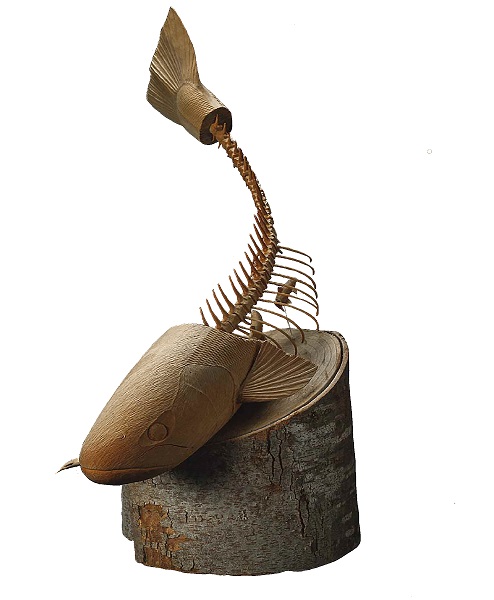
by Kaizawa Koji
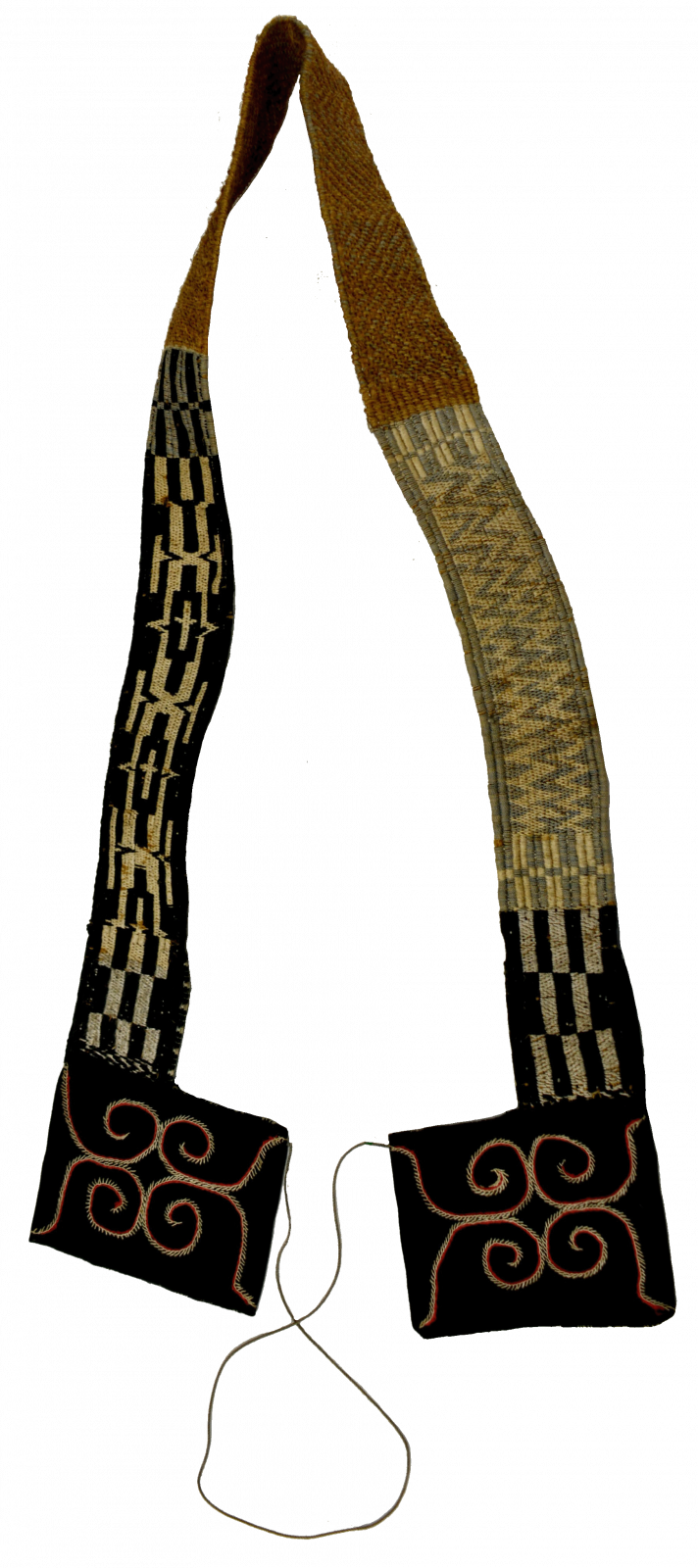
by Urakawa Tare
2. Transmission of the Ainu language
From the Meiji era (the 19th century), the Ainu language came to be used less and less for everyday communication due to government policies promoting cultural assimilation. However, as activities to revive the languages of ethnic minorities gathered momentum around the world, campaigns for the Ainu to learn their language gained traction. Ainu-language schools have since been opened across Hokkaido and in the Kanto region, and many teaching materials such as textbooks and dictionaries have been developed. This section highlights activities to preserve, revive and hand down the Ainu language, centering on Kayano Shigeru, who established the first Ainu-language school.
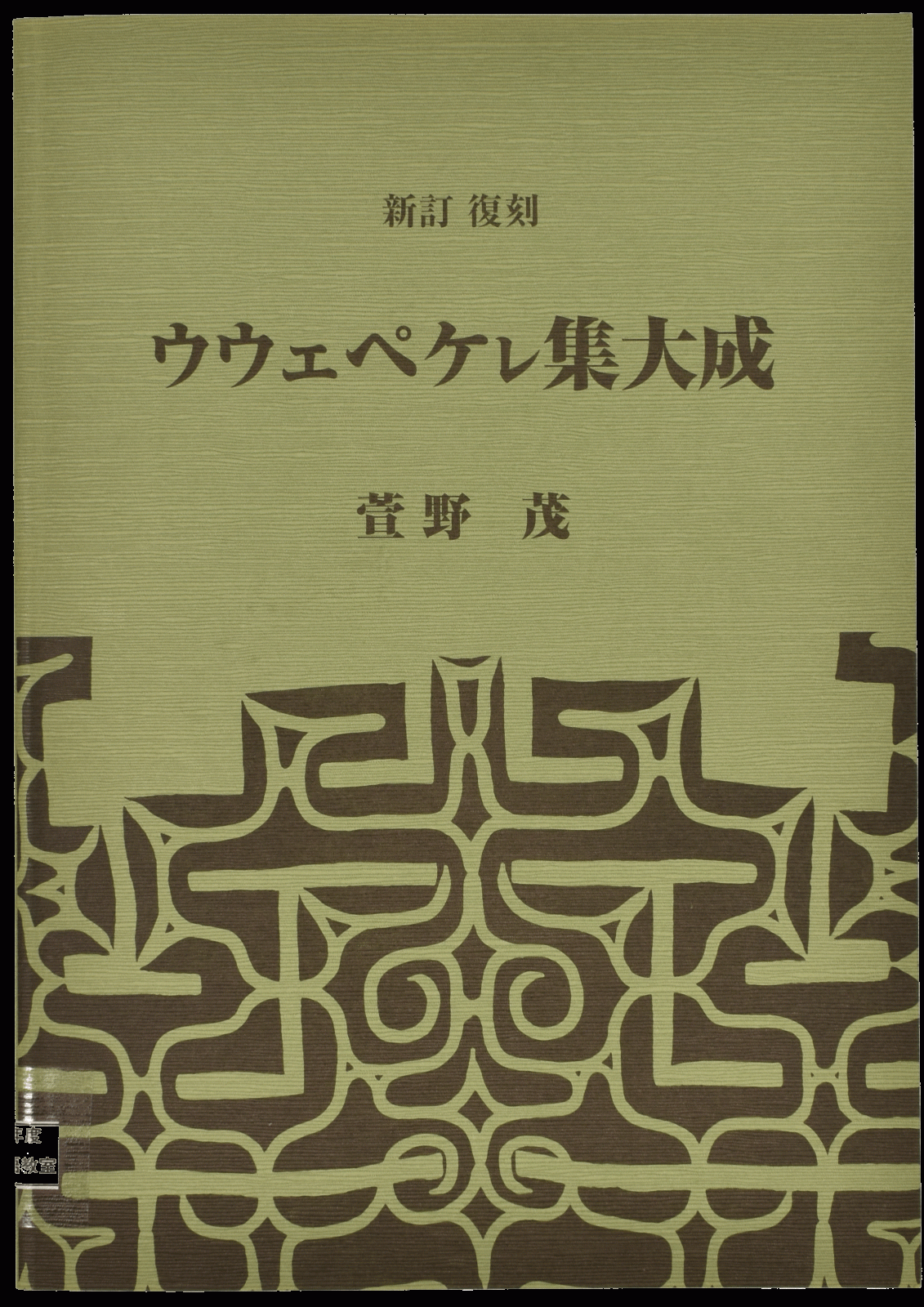
«Uwepeker Shūtaisei» <Story>
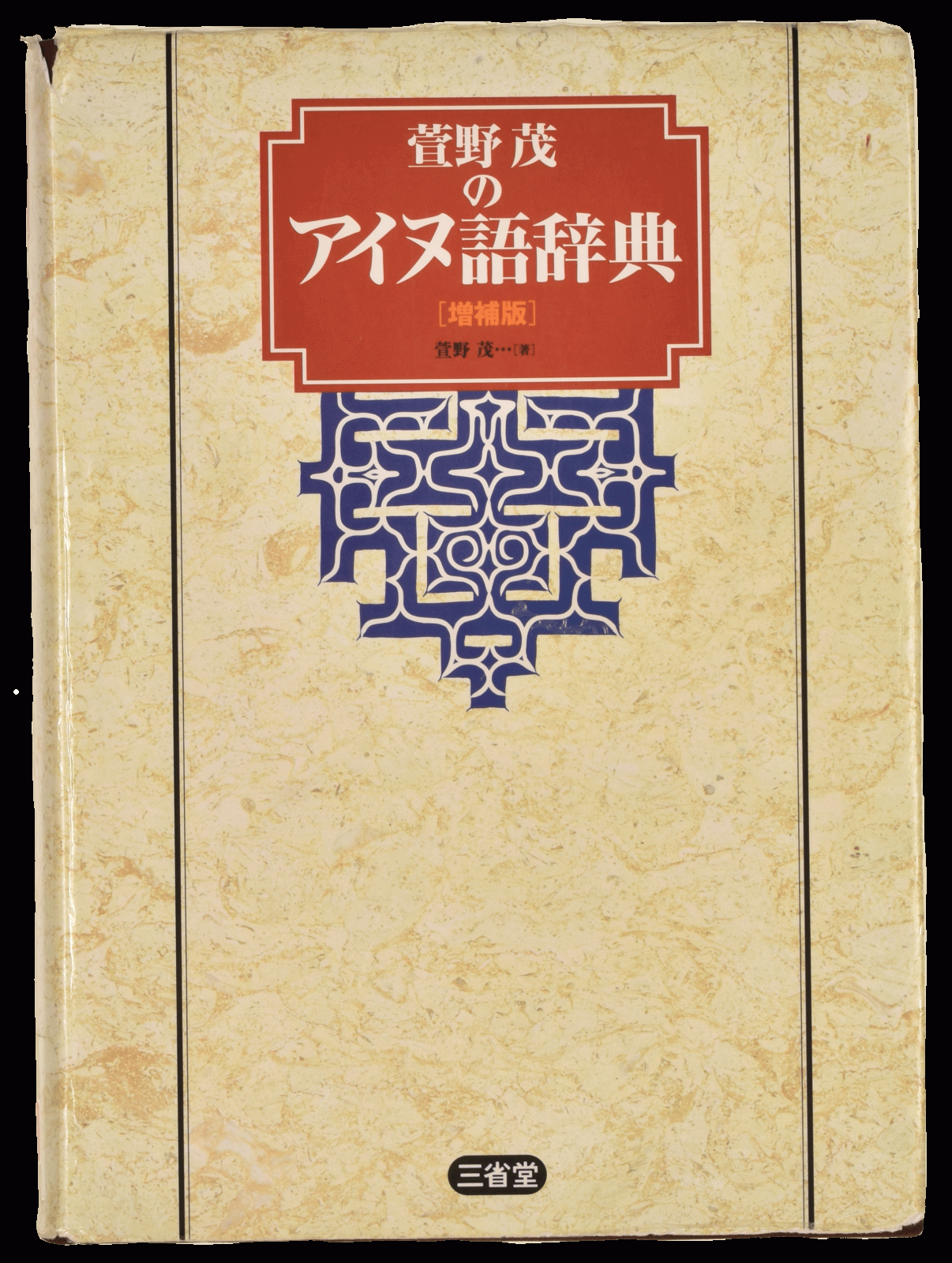
«Kayano Shigeru no Ainugo Jiten» <Dictionary>
3. Transmission of performing arts
Traditional Ainu dance has been actively transmitted at the initiative of preservation societies established under a project to preserve and disseminate Ainu culture. Ainu dance was designated as an important intangible folk cultural property of Japan in 1984 and was listed by UNESCO as an Intangible Cultural Heritage in 2009. Today, efforts are under way to reconstruct dances based on ancient records and to create new styles of music and dance. The transmission of Ainu performing arts is also diversifying as people other than preservation society members in Hokkaido and elsewhere engage in activities to revive and preserve them.
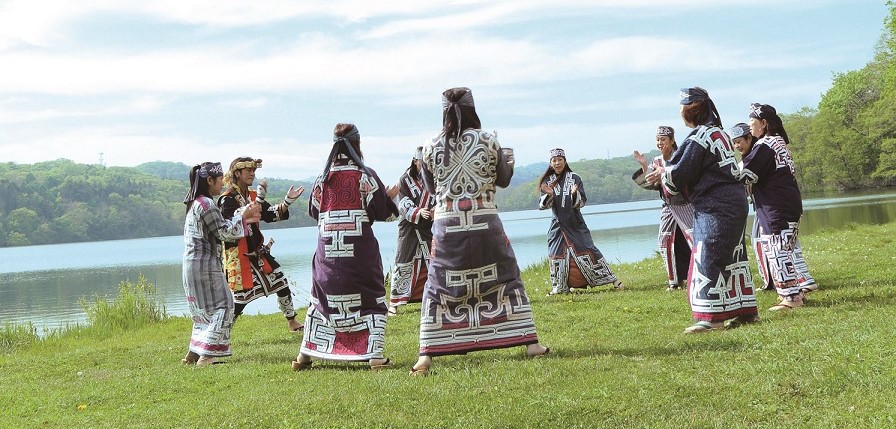
Traditional Ainu dance at the lakeside of Poroto
4. Today’s successors to Ainu culture
Ainu culture is handed down in various ways depending on the individuals and the regions. Some people engage in cultural transmission in a professional capacity, and others in a private capacity. There are also people who involve themselves in cultural activities as part of social movements rather than engaging directly in cultural transmission. This section introduces activities aimed at fostering successors to Ainu culture, activities by Ainu living in the Kanto region, and various other activities. It also illustrates the thoughts of Ainu individuals and groups, and showcases excellent works by Ainu artisans.
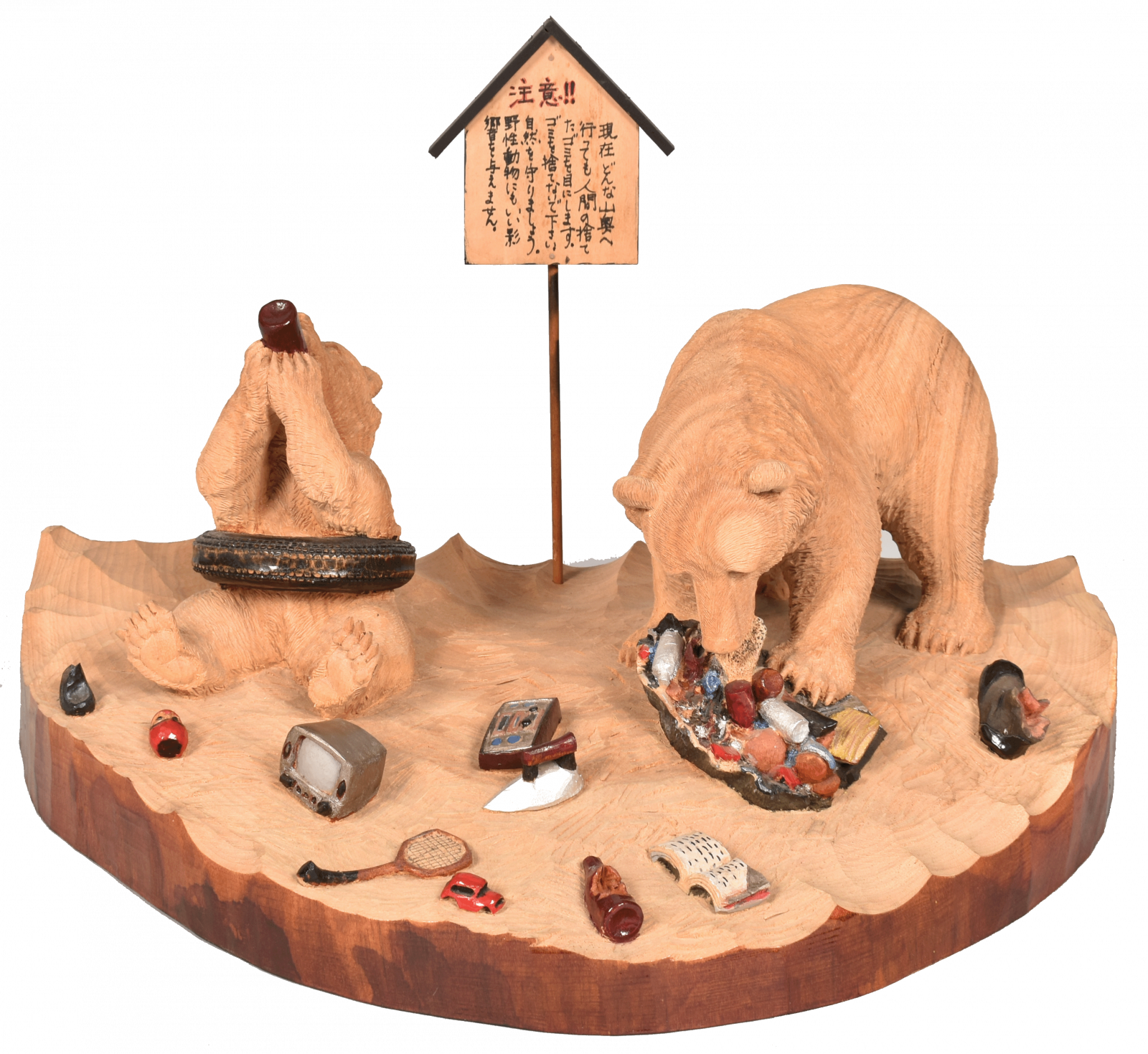
by Fujito Takeki
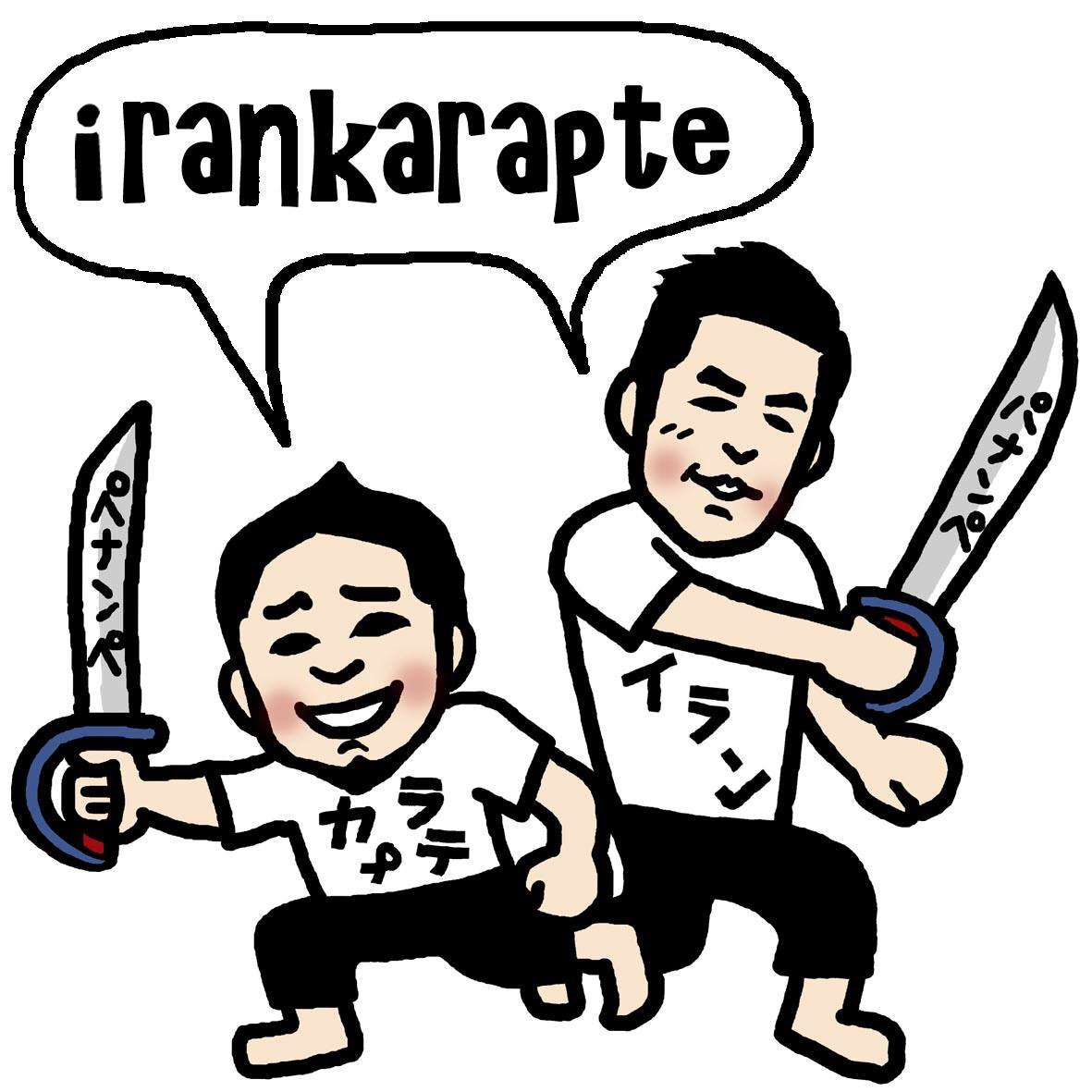
Penanpe Pananpe
5. Contemporary artisans: Ainu artists recognized by the Ainu Association of Hokkaido as excellent artisans
This section features contemporary Ainu artists recognized by the Ainu Association of Hokkaido as excellent artisans and their works—both traditional works and new creations based on traditions. Including tools that give modern lifestyles an air of tradition, these works are manifestations of individual artisans’ sensibilities and craftsmanship. The works lay the foundations not only for handing down techniques today, but also for creating a new Ainu culture based on the techniques passed down for generations.
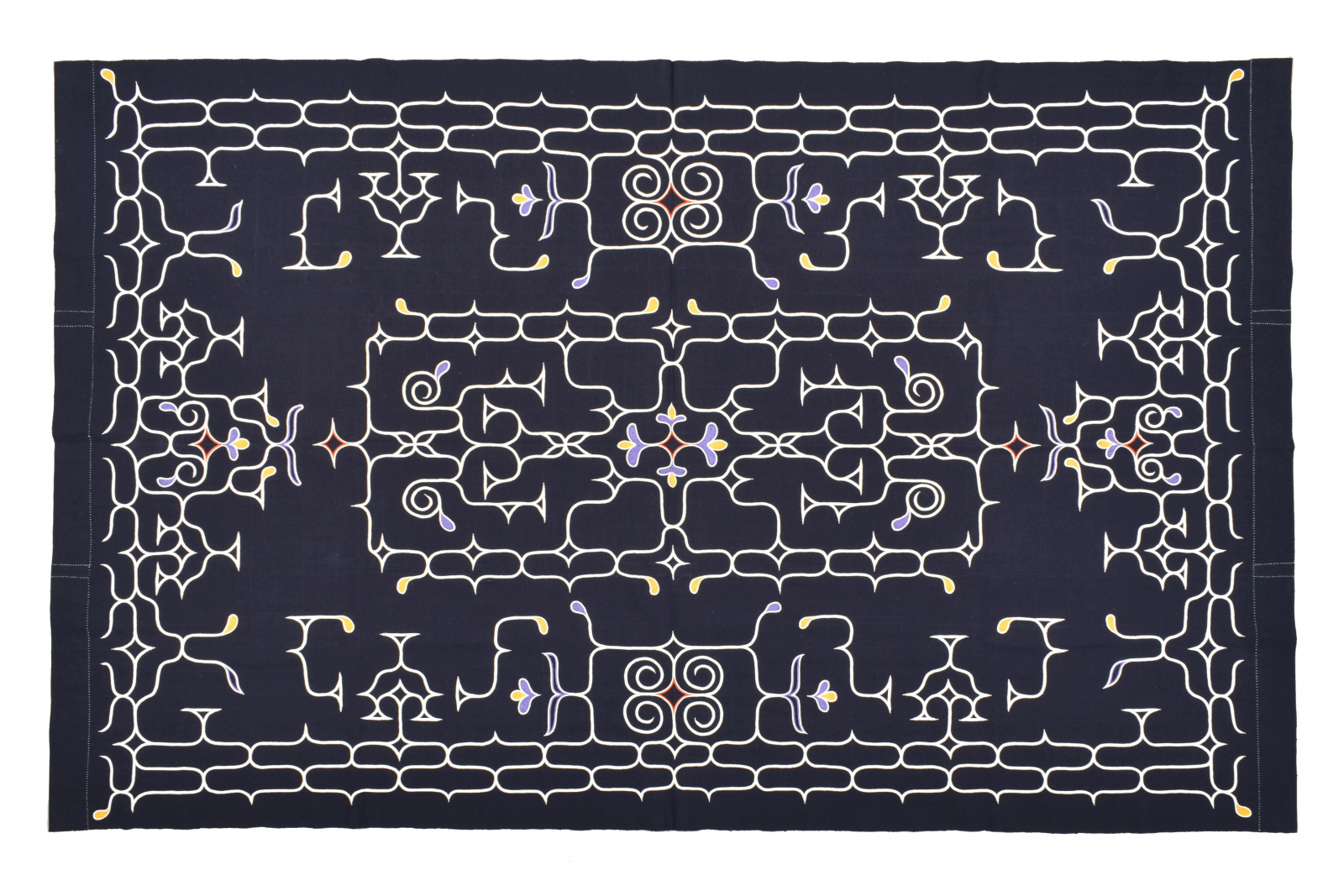
by Nishida Kayoko
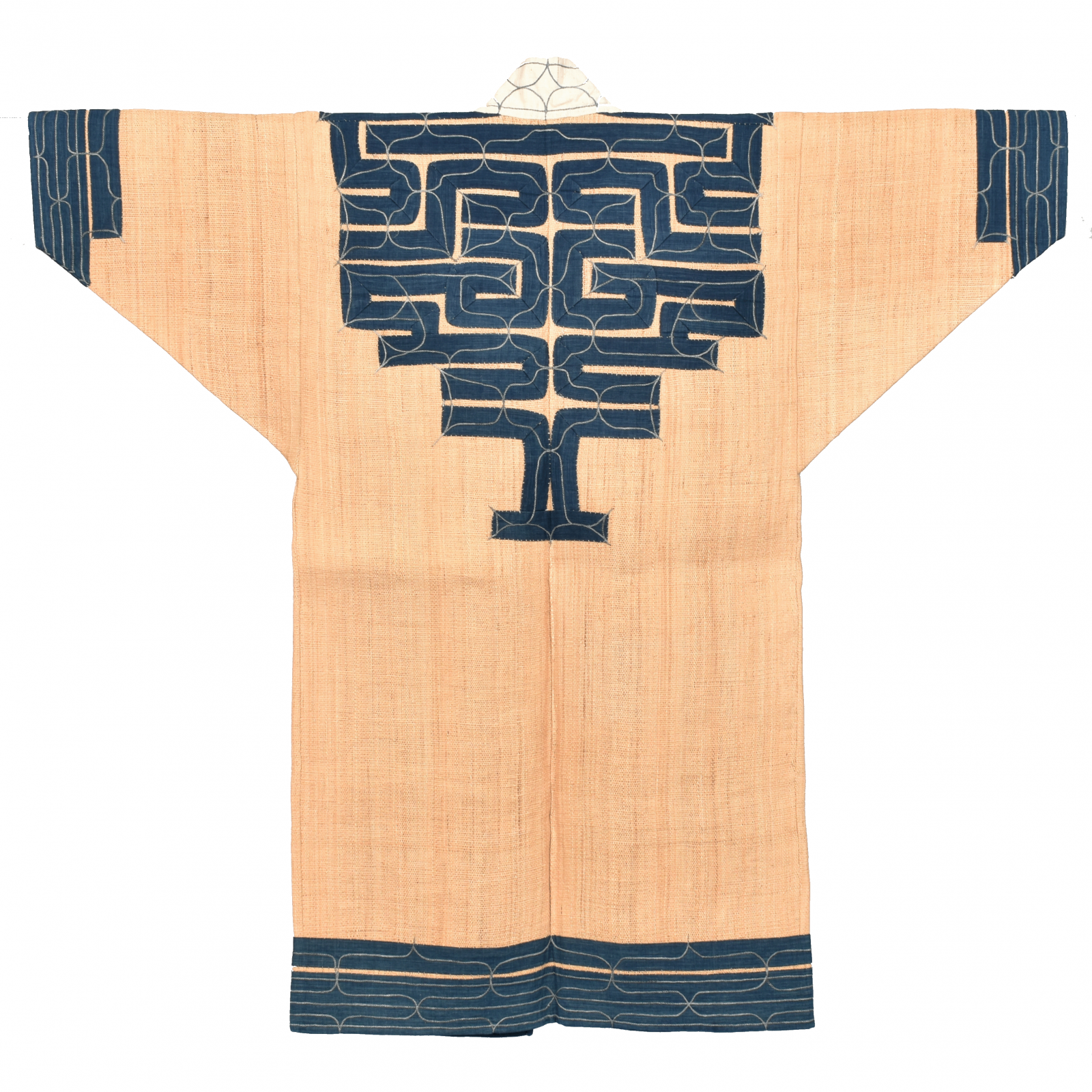
by Kaizawa Yukiko

